Over time this figure shows the changes in marital history of men in different birth cohorts (a birth cohort is all the men born in a specific time period). The men born in the years 1940-44 were ages 77-82 when this report was created. The men born in the years 1975-79 were ages 32-37. Keep this in mind when looking at these data. The younger group (1975-79) is still likely to experience more changes in their marital history.
Nevertheless, you can still see some trends. On average, about 2/3 of men are married at least once and this has remained constant over much of this period except this most recent period (those born 1975-79 who still have a chance of marriage). A more difficult trend to determine in whether 2nd and 3rd time marriages are declining– the cohorts between 1950-1969 seem to suggest this trend. The increase in the number of men never getting married is also apparent, but there is also a trend of marrying at older ages so some of the men born between 1970-1979 may still get married. 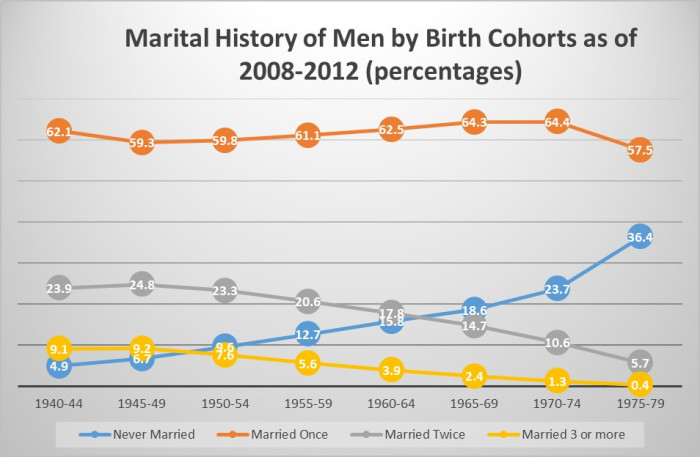
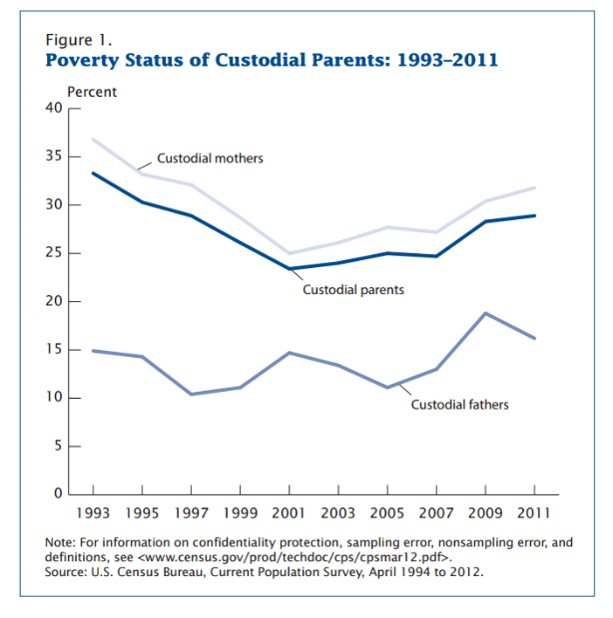

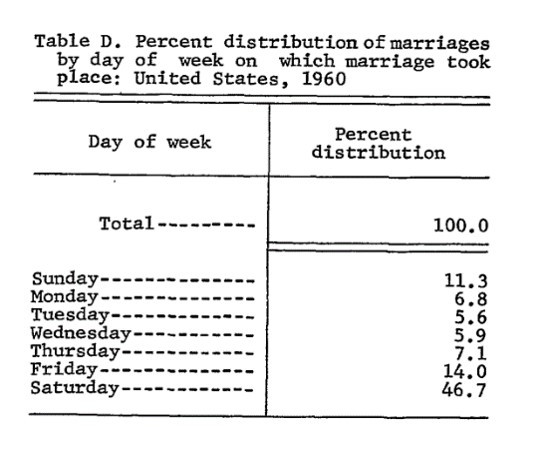
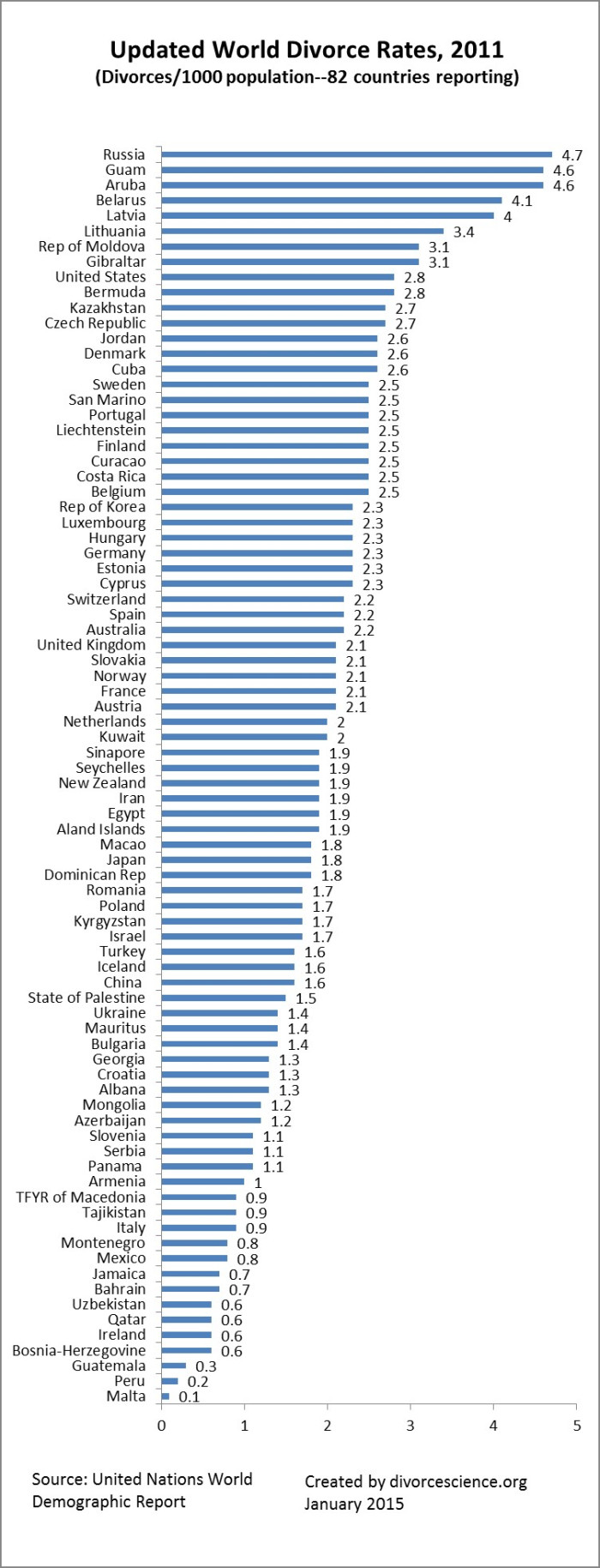
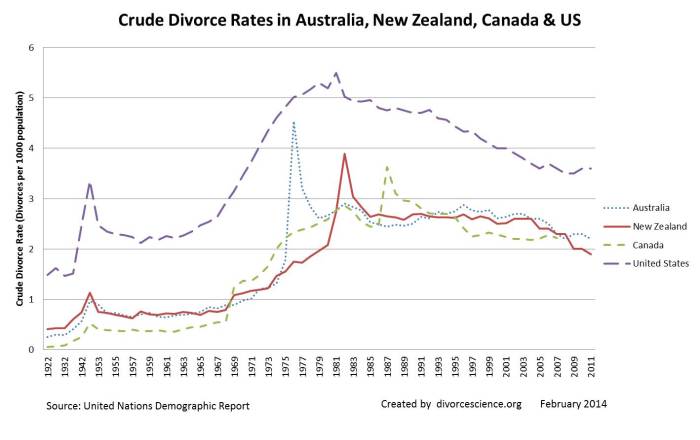

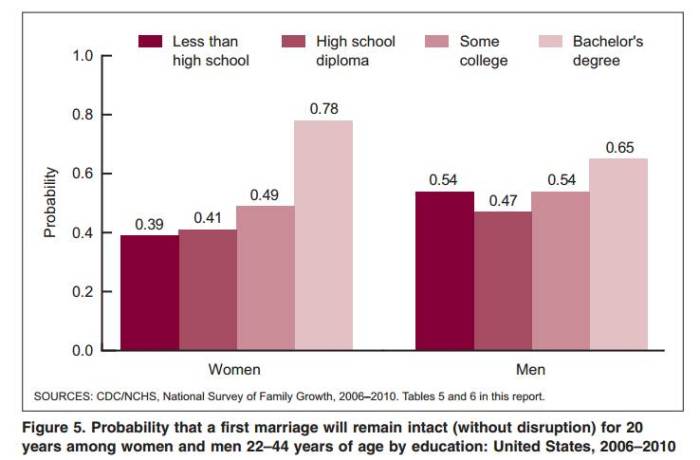 There is considerable evidence that suggests that women with more education are less likely to get divorced. In this chart from the National Center for Health Statistics, you can see the percentages of women with various amounts of education and they likelihood that there marriages will last 20 years. You can see that women with a college education are much more likely to have marriages that last over 20 years (about 80%). There is a similar trend for men, but it is less dramatic.
There is considerable evidence that suggests that women with more education are less likely to get divorced. In this chart from the National Center for Health Statistics, you can see the percentages of women with various amounts of education and they likelihood that there marriages will last 20 years. You can see that women with a college education are much more likely to have marriages that last over 20 years (about 80%). There is a similar trend for men, but it is less dramatic.